Nothing Phone (2): Introduction
In times when design often degenerates into an empty marketing term, the Nothing Phone (2) stands as an advocate of a different philosophy. Based on Dieter Ram's timeless principle "Good design is as little design as possible" , Nothing strives to understand design as something more than just aesthetic cosmetics.
With minimalist forms, restrained colors and a focus on functionality, the Nothing Phone (2) embodies exactly this idea that less is often more. Nothing's decision to transfer the basic design concept of the first model to the Phone (2) is no coincidence.
By retaining the essence of the previous model, they emphasize not only their design's resilience to fast-moving trends, but also the conceptual depth that resonates in each of their product choices.
Nothing Phone (2): Design and workmanship
The Nothing Phone (2) presents itself with a familiar front that consists almost entirely of screen. Surrounded by a flat metal frame and complemented by a back made of transparent glass, the Glyph interface is hidden behind it.
With a total of 33 individually addressable zones, the glyph interface of the Nothing Phone (2) goes far beyond the 12 zones of the Nothing Phone (1) - a clear sign of the increased functionality and customizability.
Despite the transparent back, Nothing manages to maintain a clear and structured design in which the internal hardware remains well hidden. Only the wireless charging coil hints at the hardware behind it. A clever way to showcase the device's technical capabilities without compromising on the aesthetics.
Significant differences to the Nothing Phone (1) become visible upon closer inspection. The Nothing Phone (2) has a slightly larger display and a slightly curved glass back, which noticeably improves the feel. This makes the smartphone more comfortable to hold and the interaction with the device feels more “rounded”.
Nothing has also increased the protection class from IP53 to IP54. While that doesn't mean the phone is now fully waterproof, it's definitely more splash-proof than its predecessor. Of course, we would have preferred IP68 protection at this point, which would have protected the smartphone from temporary submersion.
Both the front and back are made of scratch-resistant and shatterproof Corning Gorilla Glass 5 . Despite daily use without a protective cover in your pocket, the display and back have remained scratch-free so far. You also don't have the feeling that a protective cover is necessary here and the smartphone is guaranteed to look more elegant without it.
If you want to be on the safe side, you can order a suitable protective cover from Nothing, because none is included in the scope of delivery. A charger is also not included. After all, a protective film is already attached to the display glass ex works.
The Nothing Phone (2) has been designed down to the smallest detail to be one of the most sustainable smartphones on the market. The middle frame is made of 100% recycled aluminum and has a pleasant matt finish. All plastic parts are 80% from sustainable sources, the carbon footprint is only 2 kg and the packaging is completely plastic-free.
Nothing Phone (2): Display
With a diagonal of 6,7 inches, the AMOLED screen is larger than in the previous model, which was content with a 6,5-inch diagonal. However, the resolution remains unchanged at 1080p.
The real innovation lies in the 120Hz dynamic refresh rate, thanks to the LTPO panel. The feature not only ensures a smoother display, but also contributes to battery efficiency. In static scenes where high refresh rates are not required, the display can downscale its refresh rate to 1 Hz. In practice, the dynamic adjustment is so seamless that there is never a feeling of slowing down.
The display brightness has also experienced a noticeable improvement. With a maximum luminosity of 1.000 nits in automatic brightness mode, the display remains easy to read even under difficult lighting conditions such as strong sunshine.
The HDR peak brightness of an impressive 1.600 nits also ensures that HDR content shines in all its glory. There is no lack of support for common HDR standards: both HDR10 and HDR10+ are supported. In our tests, playback of HDR content on YouTube ran flawlessly, while Netflix did not take advantage of this standard despite theoretical HDR support.
- Display settings
- color settings
- refresh rate
When it comes to color representation, the Nothing Phone (2) supports the DCI-P3 and sRGB color spaces. Through the display settings menu, users can choose between two color modes, “Vivid” and “Standard,” which correspond to DCI-P3 and sRGB, respectively. Regardless of the choice of mode, the display is characterized by excellent color accuracy, which is convincing in all nuances.
Last but not least, the device's excellent haptic feedback should not go unmentioned. It's among the best we've ever experienced. The typing experience is enriched by precise and pleasant vibrations that can be felt exactly where you type.
Nothing Phone (2): Performance
For all those who wanted more performance from the Nothing Phone (1), now comes the good news: The Nothing Phone (2) is powered by a Snapdragon 8+ Gen 1, which is a significant upgrade over the Snapdragon 778G installed in its predecessor . This places the device clearly in the (lower) high-end segment of the current smartphone generation.
What is interesting is that the version of the Snapdragon 2+ Gen 8 installed in the Nothing Phone (1) has been slightly modified. All three CPU clusters work with lower clock frequencies than in the original version. The main Cortex-X2 core runs at 3,0 GHz instead of the usual 3,2 GHz, the Cortex-A710 cluster is clocked at 2,5 GHz instead of 2,75 GHz and the energy-efficient Cortex-A510 cores come in at 1,8 GHz instead of 2,0 GHz. The powerful Adreno 730 GPU is used for graphics-intensive applications.
- PCMark benchmark
- AnTuTu Benchmark
- 3DMark benchmark
In terms of storage configuration, the Nothing Phone (2) comes in three variants: 8GB RAM with 128GB internal storage, 12GB RAM with 256GB storage (our test version), and finally a flagship model with 12GB RAM and a whopping 512GB storage. The memory is of the LPDDR5 (RAM) and UFS3.1 (non-volatile memory) type.
In various benchmark tests, the smartphone showed a performance that is within the range of other devices with Snapdragon 8+ Gen 1. Although the benchmark scores are slightly lower due to the reduced clock rates, this has no effect in everyday use. The smartphone convinces in almost all application areas with an excellent performance.
- Geekbench Benchmark Vulcan
- Geekbench Benchmark (Single & Multi)
- Geekbench benchmark OpenCL
The only exceptions are graphics-intensive games like Genshin Impact or PUBG Mobile, in which the frame rate occasionally drops below 30 frames per second, which causes noticeable stuttering. The smartphone heats up noticeably under continuous load, but it doesn't get uncomfortably hot.
Nothing Phone (2): connectivity and audio
The connectivity features of the Nothing Phone (2) leave nothing to be desired and position the device as a serious competitor in the (lower) high-end smartphone category. Equipped with WiFi 6, it enables a stable and fast internet connection. Complementing the WiFi connectivity is Bluetooth 5.3, NFC with Google Pay support and all major satellite navigation systems.
The device also relies on modern standards when it comes to mobile communications: With broad support for 4G and 5G frequency bands, the Nothing Phone (2) is suitable for worldwide use. The dual SIM slot, which can accommodate two nano-SIM cards, also ensures flexibility. What is missing, however, is the ability to use an eSIM - a feature that is becoming increasingly important.
The signal quality is consistently high and corresponds to what you would expect from a high-end smartphone. The call quality is also solid, although the sound image appears a little muffled through the handset.
In terms of audio, the Nothing Phone (2) scores with clarity and high volume. The earphones, which act as a second speaker here, are slightly quieter and deliver less bass than the main speaker at the bottom end of the frame, but the combination results in a balanced sound. The device is well equipped for media playback and entertainment and leaves nothing to be desired.
Nothing Phone (2): Software
The software of the Nothing Phone (2) is the in-house Nothing OS 2.0 based on Android 13. Of particular note here is the company's signature dot-matrix font, which is used in a variety of UI elements and widgets. In combination with the exclusive Nothing backgrounds, Nothing OS 2.0 achieves an unmistakable look.
- Nothing Launcher
- Nothing app icons
- Nothing app grid
The Nothing Phone (2) is pleasantly reserved when it comes to pre-installed apps. Apart from the Google apps, the software equipment is pleasingly lean. Nothing is limited to a few in-house apps, including the camera app, the composer app, a weather app, and a recorder app. It is particularly appealing that the latter two come in a dot-matrix design, which once again underlines the company's design philosophy.
- Always-on display widgets
- Background
- Weather app
Among the widgets are analogue and digital clocks, weather displays and quick settings. By the way, Nothing OS 2.0 can display the widgets on the lock screen as well. This facilitates quick access to important information and functions without having to fully activate the device. It's a subtle yet impactful design element that noticeably enhances the user experience.
- clock widgets
- Nothing X Widgets
- Weather widgets
But Nothing OS 2.0 is much more than just a pretty user interface. The built-in Nothing Launcher stands out for its ability to display app icons and folders in different sizes. It also supports app shortcuts, which gives the user more personalization options and quick access.
A special category is the "Experimental Features", which provide insight into future developments. One of the most promising is integration with Tesla vehicles. This allows you to control the car directly from your smartphone, without the Tesla app. But AirPods owners and gamers don't miss out either: extended battery information for the popular Apple headphones and "improved touch response" for a more responsive gaming experience are just some of the additional features that Nothing OS 2.0 has to offer.
- Experimental functions
- Tesla link
- Glyph with third-party apps
Another advantage of the Nothing Phone (2) is the company's update promise. Nothing guarantees three years of Android updates and four years of security patches, which are supposed to come out every two months, for its latest model. Most other Android devices in this price range are often only supplied with new software versions for two years.
Nothing Phone (2): Glyph
The Glyph interface is one of the most innovative features of the Nothing Phone (2) and significantly expands the possibilities of using LEDs in smartphones. This interface is not only an aesthetic element, but also has practical uses that go beyond the usual function of LEDs, such as for notifications and alarms.
The function of the LEDs can be extensively configured via the glyph menu. Not only can the brightness of the LEDs be adjusted here, but it is also possible to set a schedule for their activation. So everyone can decide for themselves when the LEDs should be visible and when not.
- glyph menu
- Glyph timer
One of the most exciting aspects of the Glyph interface is the integration with pre-programmed ringtones (10 pieces), each combined with its own specific LED pattern. If you want to let your creativity run free, you can use the integrated glyph composer. The tool allows you to create your own LED and sound patterns, which allows you to customize the visual and acoustic notification according to your personal preferences.
Furthermore, the interface enables an individual assignment of LED patterns to contacts in the address book. As a result, callers can be identified solely by the light pattern on the back. However, the practical application of LEDs goes even further. They can be used as a fill light in video recording or portrait photography, and even the battery level can be read from the light pattern.
- Volume glyph
- Glyph Composer
A particularly clever feature is the "Turn over for Glyph" function: If the smartphone is turned over, the Glyph interface is automatically activated and the device switches to silent mode. Incoming calls and notifications are then displayed via the LEDs.
Nothing Phone (2): Camera
The Nothing Phone (2) offers promising camera equipment consisting of two 50-megapixel sensors on the back and a 32-megapixel front camera.
- 50 MP Sony IMX890 main camera | 23mm, f/1.88 aperture, 1/1.56" sensor size and 1.0 μm pixel size, EIS + OIS
- 50MP Samsung JN1 Ultra Wide Angle Camera | 14mm, f/2.2 aperture, 1/2.76" sensor size and 0.64 μm pixel size, 4cm macro
- 32 MP Sony IMX615 front camera | 19mm, f/2.45 aperture, fixed focus
Nothing concentrates on the essentials when it comes to camera sensors. Only two cameras adorn the back of the Nothing Phone (2), which begs the question: is less really more in this case?
At first glance, the lack of a separate depth sensor or dedicated macro camera might seem like a downside. But Nothing proves that a lot can be achieved with clever software. Artificial intelligence takes over the task of depth of field for portrait shots and the ultra-wide-angle camera is also responsible for macro shots.
However, the lack of a periscope camera means that the smartphone falls behind in one area: the optical zoom. While many competitors advertise optical zoom capabilities of up to 100x, the Nothing Phone (2) caps at 10x digital magnification. This may be sufficient for the average user, but it is a noticeable limitation for camera enthusiasts.
main camera
The main camera of the Nothing Phone (2) uses a 50 megapixel Sony Quad Bayer sensor, which takes 12,5 megapixel photos as standard. The compromise between resolution and pixel size pays off: the level of detail is high, the sharpness appropriate and not overemphasized. Image noise is almost non-existent.
The main camera also shows its best side in terms of color. The colors appear authentic and are not oversaturated, as with some competitors. The dynamic range is good, although not outstanding. In particular, the fast and reliable autofocus deserves praise. It reacts quickly to changes in motif, which is a great help in practice.
Here are our test shots with the main camera, taken at Europapark Rust.
When it comes to low-light performance, the Nothing Phone (2) also shows competence, but with limits. The automatic night mode, recognizable by the moon symbol, ensures a longer release time, but thanks to the combination of optical and electronic image stabilization, the recordings remain largely blur-free.
Night mode artificially lights up the scene while retaining the colors amazingly well. However, in very poor lighting conditions, the level of detail is lost, resulting in smooth structures in the image. Without night mode, the image noise is visible, but the recording quality remains acceptable.
When it comes to zoom capabilities, the Nothing Phone (2) comes with a so-called 2x Super Res zoom. This is not a simple digital zoom, but a technology that draws on the high 50 megapixel resolution of the sensor. The result is impressive: zoomed photos show amazing detail and sharpness. Even if you look closely, you can see that it wasn't just a digital zoom.
However, there is a small catch here too: In more complex image areas, such as filigree structures or complicated patterns, the recordings appear slightly artificial. However, this effect is marginal and is only noticeable on closer inspection. Overall, the impression remains of solid performance, which is well above average for zoomed photos.
- 1-fold
- 2-fold
- 10-fold
However, at zoom levels that go beyond 2x magnification, users have to make compromises. While the 2x Super Res zoom function still delivers good results, the recording quality decreases significantly at higher zoom levels.
The maximum 10x magnification can hardly be used in practice and shows clear weaknesses in terms of sharpness and detail. The lack of a periscope camera, which is almost standard in today's smartphone landscape, is noticeable here. Unfortunately, users who have high zoom requirements will be disappointed here.
Ultra wide angle camera
The Nothing Phone (2)'s ultra-wide-angle camera shows acceptable, if not outstanding, performance. The good coordination with the main camera in terms of color reproduction should be positively emphasized. The colors look similarly natural and balanced. The smartphone also handles the image curvature challenge satisfactorily and offers solid wide-angle performance overall.
- Ultra wide angle camera
- main camera
One point of criticism, however, is the image sharpness, which decreases especially towards the edge of the image field. There is a noticeable lack of sharpness here, which clouds the overall result somewhat.
In low light conditions, the ultra wide-angle camera performs less well than the main camera. It becomes clear that it quickly reaches its limits as far as the level of detail is concerned. The effect of smooth structures occurs more quickly here, which is particularly evident on closer inspection of the images.
- Ultra wide angle camera
- main camera
However, it should be positively emphasized that the ultra-wide-angle camera remains quite stable in terms of color reproduction and dynamic range and still delivers appealing results even in low light.
When it comes to macro shots, the Nothing Phone (2) also relies on its ultra wide-angle camera. The camera supports autofocus and allows close-up shots from a minimum distance of just 4 cm.
Our test delivered impressive results: details are excellently visible, the sharpness of the focused object is excellent and both contrast and dynamic range prove to be robust.
Front camera
The Nothing Phone's (2) selfie camera has a few special features. First of all, it is noticeable that, like the main camera, it uses a quad Bayer sensor. In contrast to the main camera, however, the selfie camera saves photos in the full 32-megapixel resolution. Another highlight is the wide-angle lens, which allows you to choose between two fields of view: a wide-angle and a cropped standard view.
The contrast is good, the dynamic range is generous, and the color reproduction is in no way inferior to the smartphone's other cameras. However, the richness of detail and sharpness could be a bit better.
Videos
The Nothing Phone (2)'s video recording capabilities are quite impressive. With the main and ultra wide-angle cameras, users can record videos in 4K at up to 60 frames per second. In addition, recordings in 1080p at 30 and 60 frames per second are also possible. The resolution of 1080p is also the maximum of the front camera.
Here is an example video recorded in 4K at 50 frames-per-second.
What's interesting is that Electronic Image Stabilization (EIS) is enabled by default on all cameras and resolutions. This makes for remarkably quiet recordings, but it also has its pitfalls. The 4K recordings from the main camera are characterized by high contrast, good dynamic range and natural colors.
The detail display is satisfactory, but not as impressive as some competing models. This could be partly due to the always-on EIS, which could slightly affect the image quality. Nevertheless, the videos please with their freedom from noise and the absence of any oversharpening.
Nothing Phone (2): Battery
Battery power is often the unsung hero or the unsung villain of a smartphone - with the Nothing Phone (2) it is definitely the hero. On paper, the increase in capacity to 4.700mAh may seem unspectacular compared to the previous model's 4.500mAh.
In practice, however, this difference is noticeable. Thanks to the more efficient Snapdragon 8+ Gen 1 processor and the economical LTPO display, the device achieved an impressive screen-on-time of 16 hours in our benchmarks with medium brightness and a dynamic refresh rate.
In everyday life, characterized by normal usage such as WhatsApp, calling and surfing, the smartphone only had to be plugged in about every day and a half. This corresponds to an approximate screen-on time of 8 hours in everyday life. However, an extreme test in Europa Park, where the GPS-intensive Europa Park app was running in the background, presented the device with greater challenges. Here the battery only lasted until the evening.
The charging power has also been improved: from 33 watts in the predecessor to 45 watts now. Using a 65-watt GaN charger, the battery managed to charge to 10% in just 20 minutes, to 30% in 60 minutes and fully in an hour.
There is also good news for wireless charging fans: The Nothing Phone (2) supports 15 watt wireless charging and even reverse wireless charging. This allows, for example, to charge the No Ears (2) Headphones straight from your smartphone.
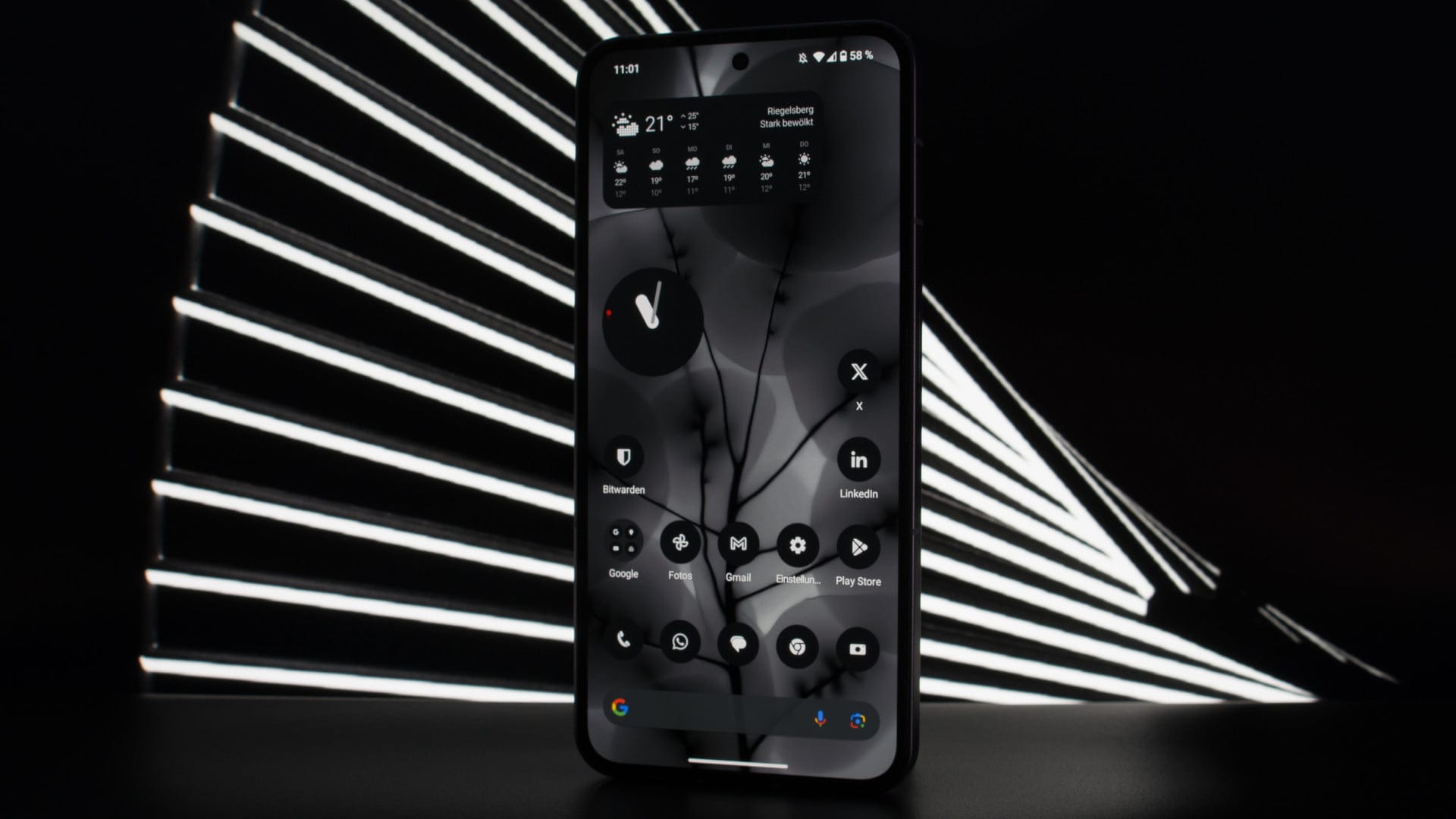
NothingPhone (2)
Distinctive design
Glyph interface
Bright LTPO display with good color representation
Good performance in everyday life
Lean and efficient software
Main and front camera with good recording quality
Good stereo speaker
Long-lasting battery life
Wireless charging capabilities
Frame drops in demanding mobile games
No eSIM
No periscope camera
Innovations have become a rarity in the dense smartphone jungle. However, the Nothing Phone (2) offers a bright spot here. With its unique glyph interface, it sets a distinct accent that makes it stand out from the crowd. Admittedly, the hardware specs are not in the top league of the current smartphone elite, which are usually twice as expensive. But Nothing has managed an impressive balancing act between performance and efficiency with the Phone (2): High performance meets long battery life, rounded off by the slim and efficient Nothing OS 2.0.
But where there is light, there is also shadow. The camera system lacks a periscope camera and the overall recording quality is not good enough to land on the podium of smartphone photography. The device also reaches its limits on the gaming front: If you want to enjoy Genshin Impact on high settings, for example, you have to expect frame drops.
Still, the Nothing Phone (2) is much more. It offers a thoughtful mix of features, a pinch of premium and a generous helping of innovation. For those looking for a fresh and unique smartphone experience, the Nothing Phone (2) could be just the ticket.

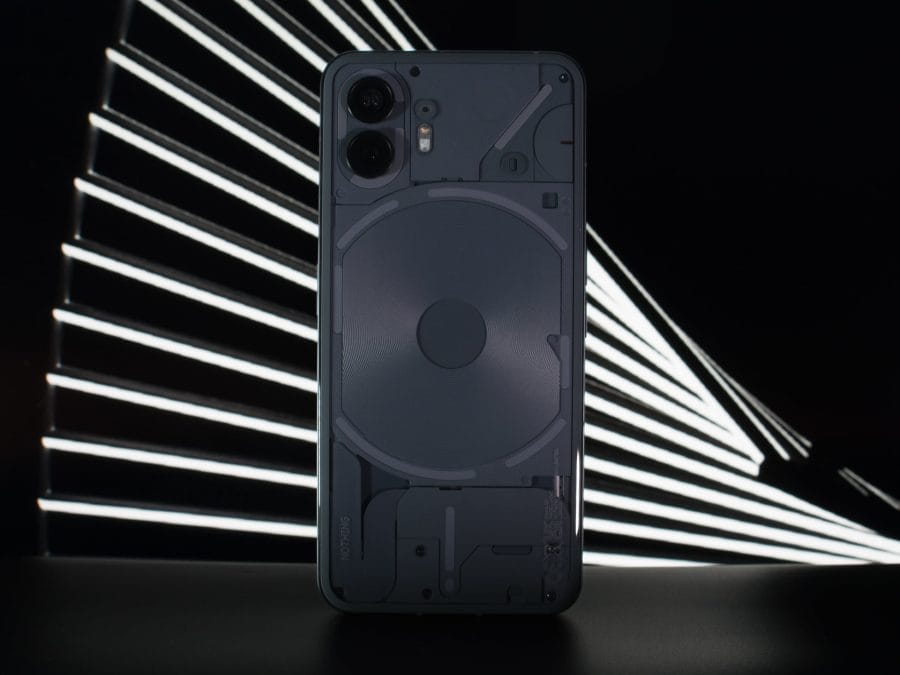
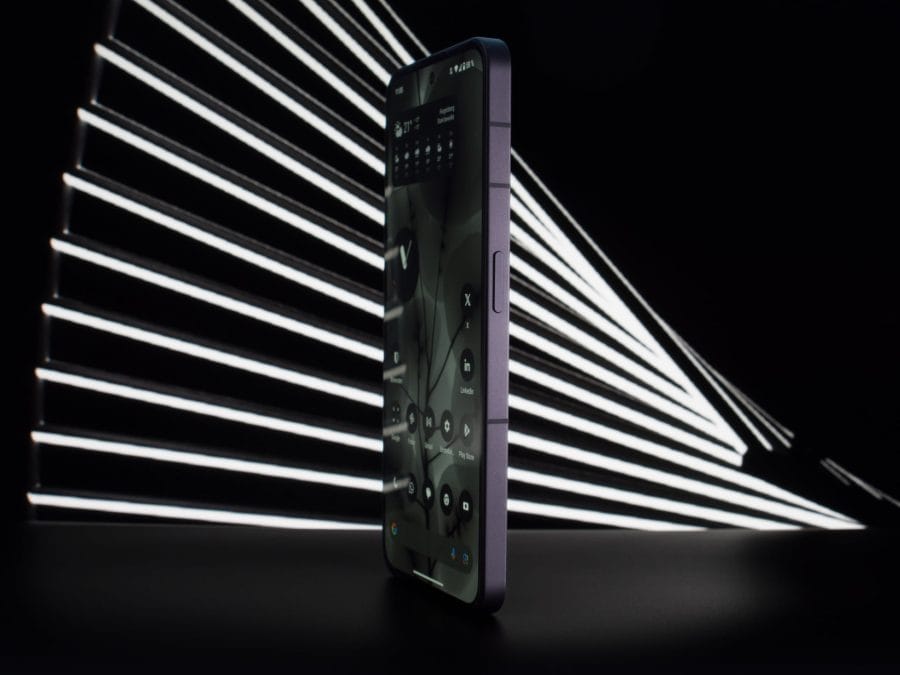
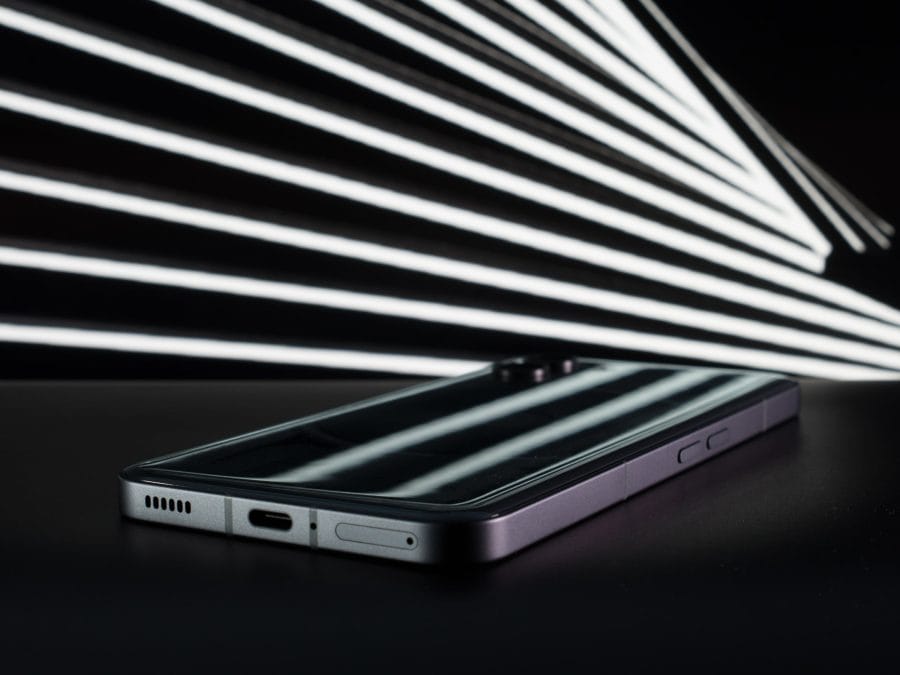
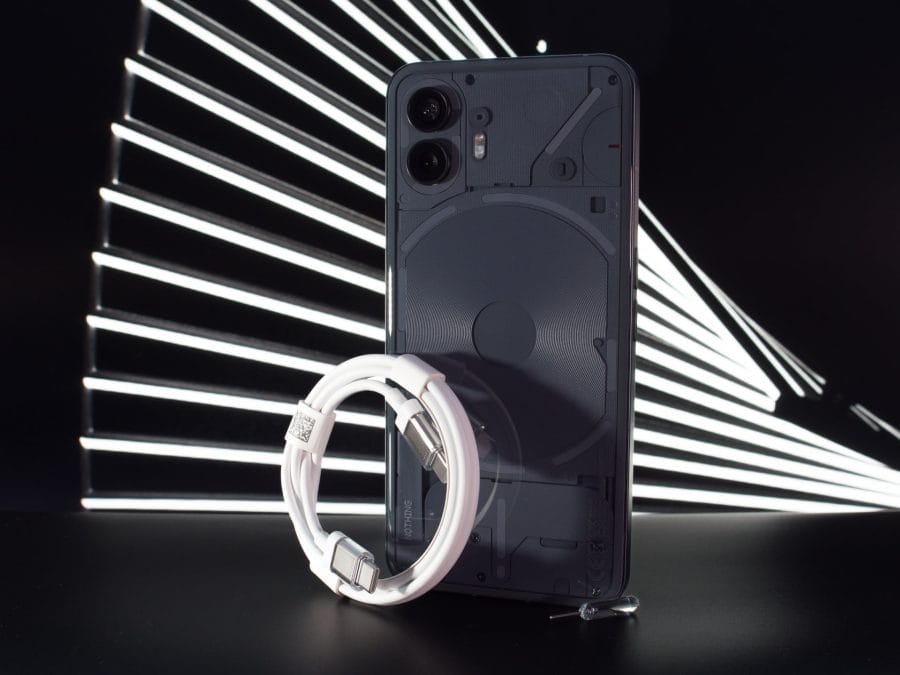
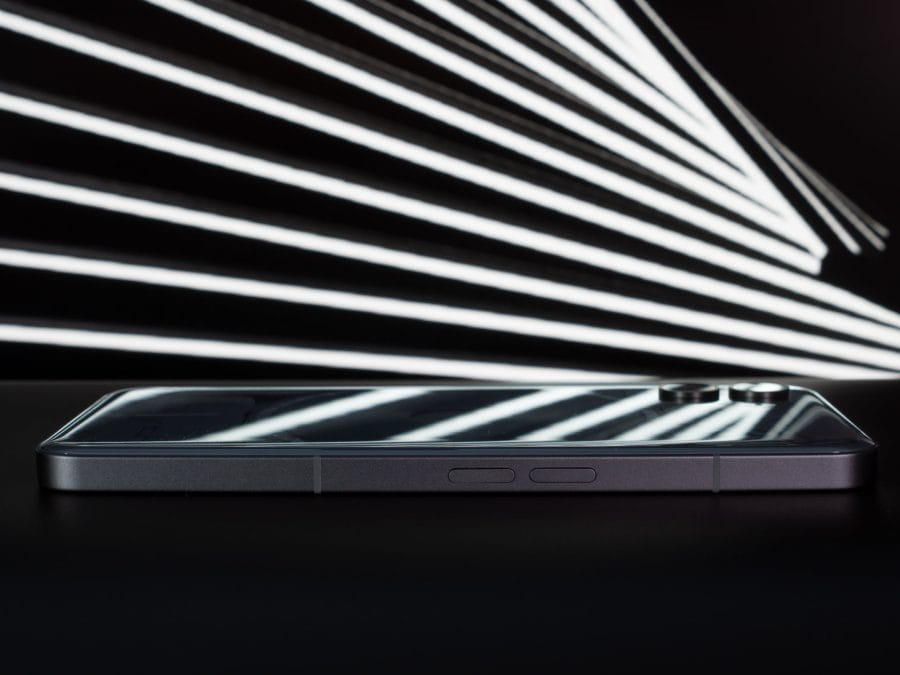
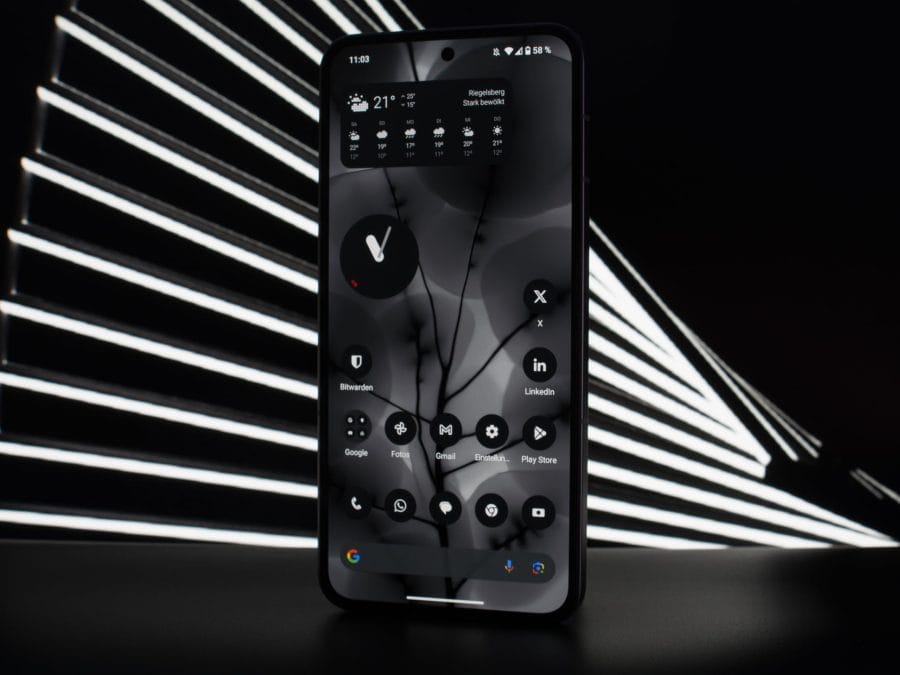
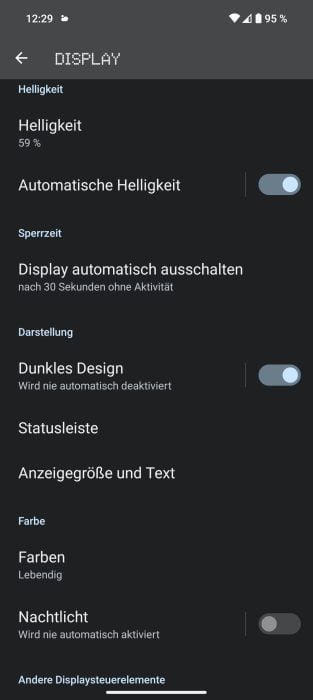
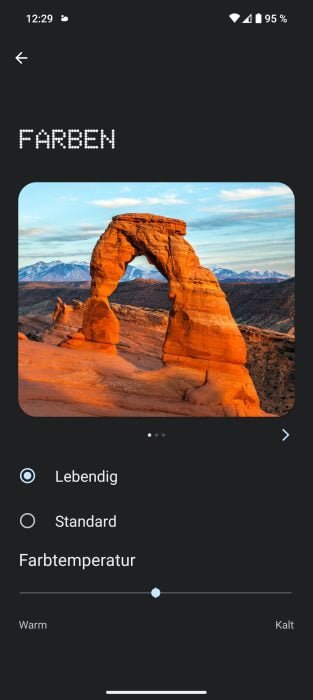
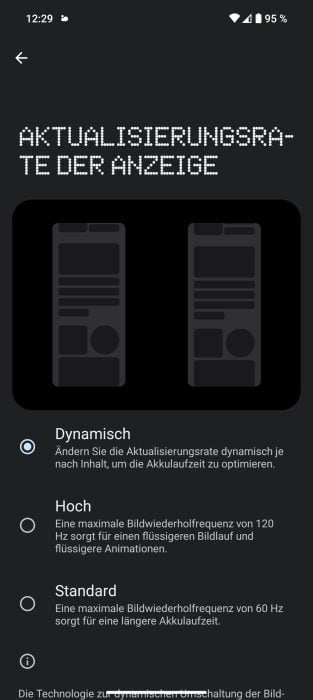
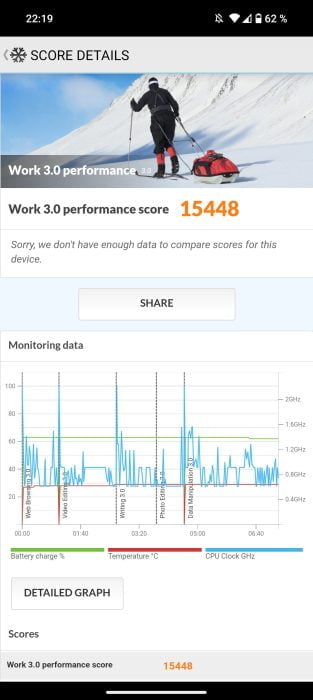
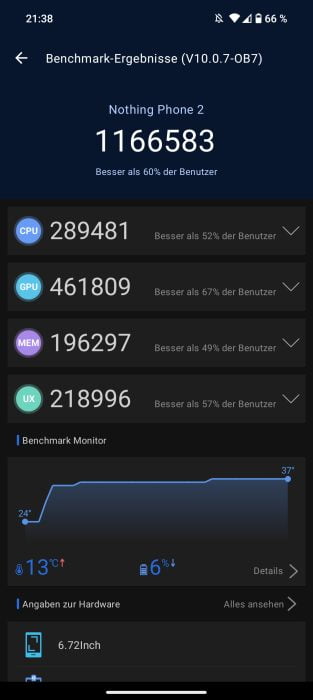
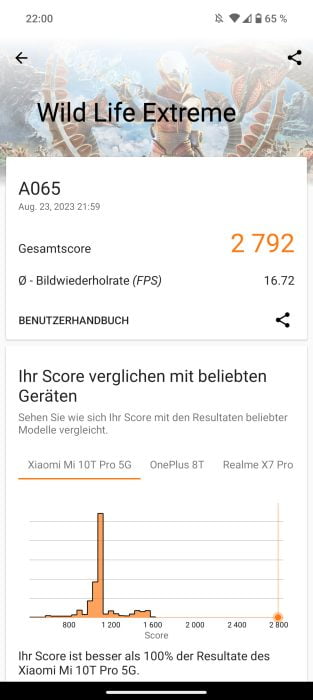
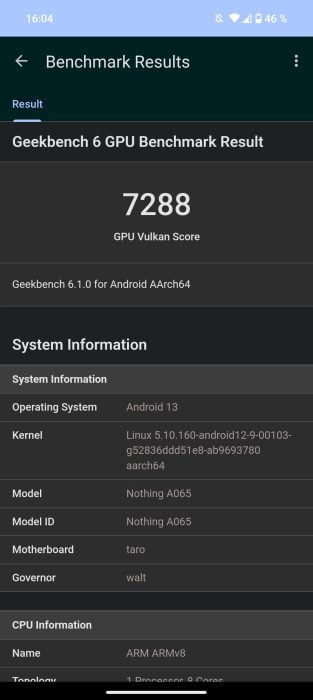
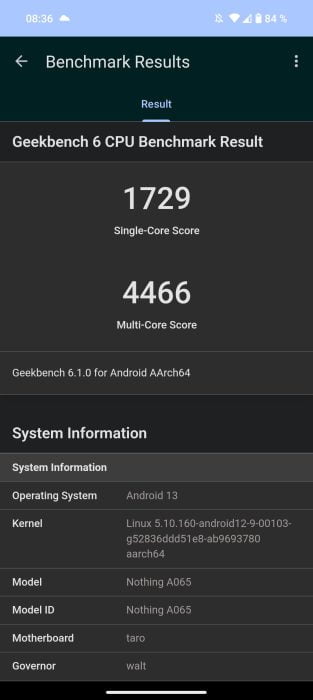
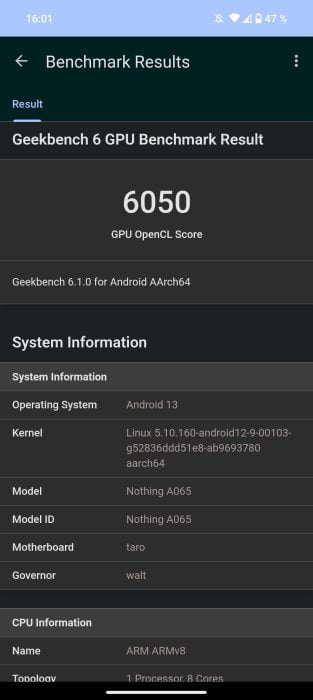
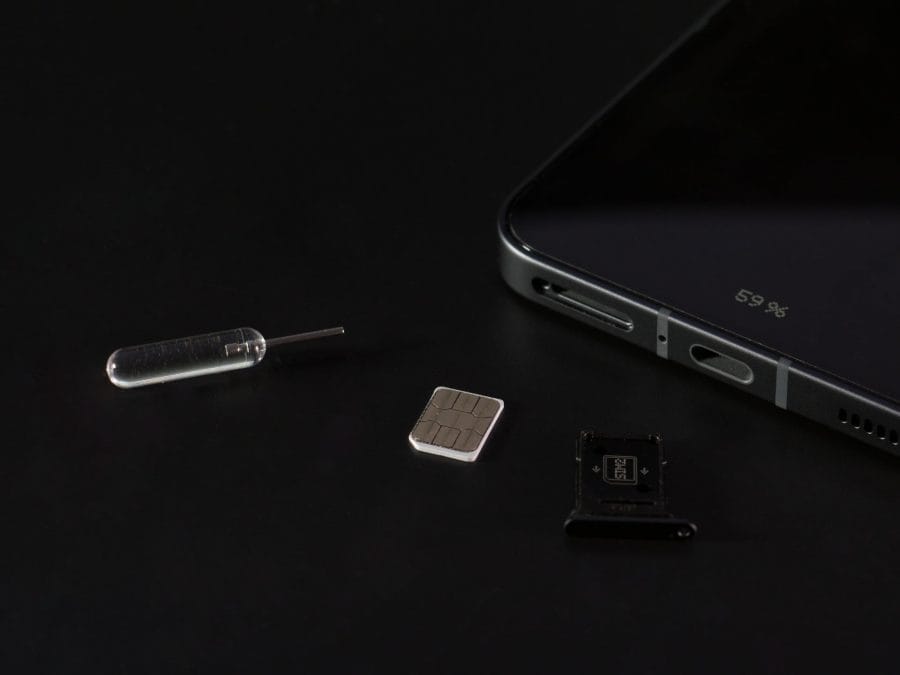
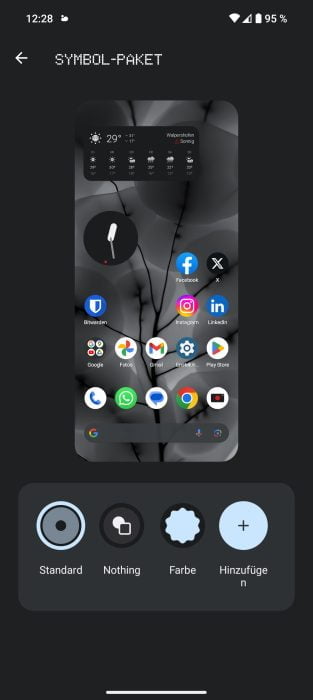
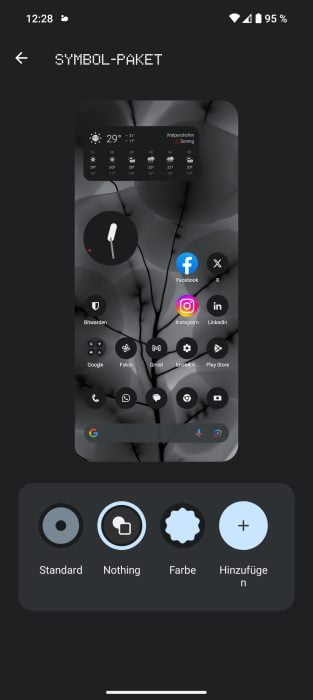
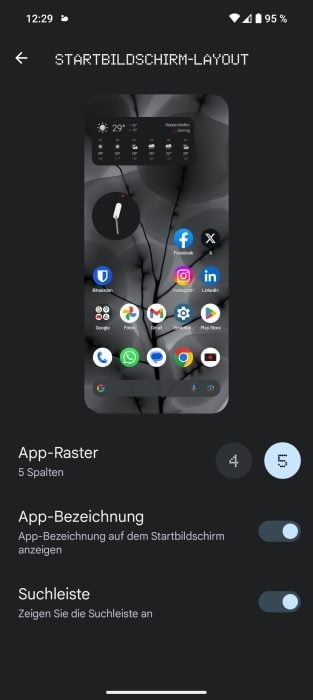
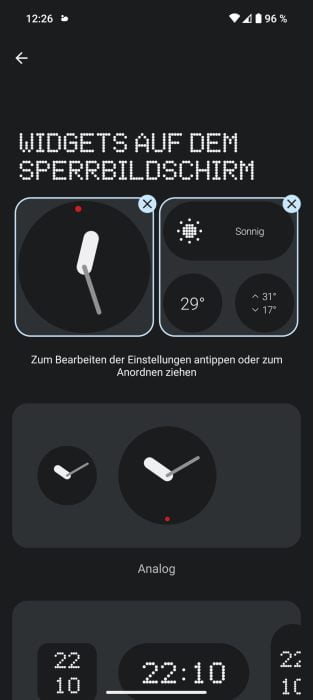
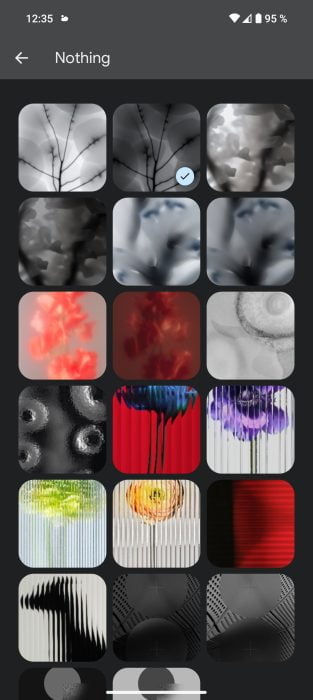
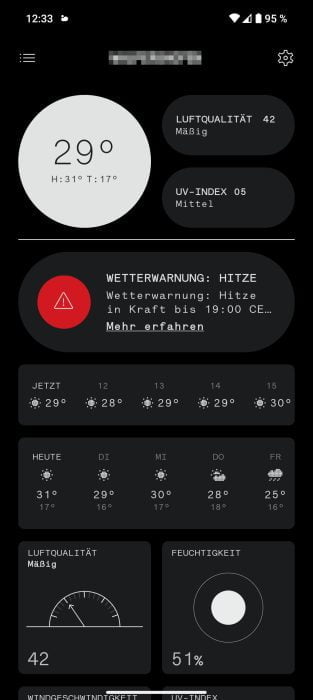
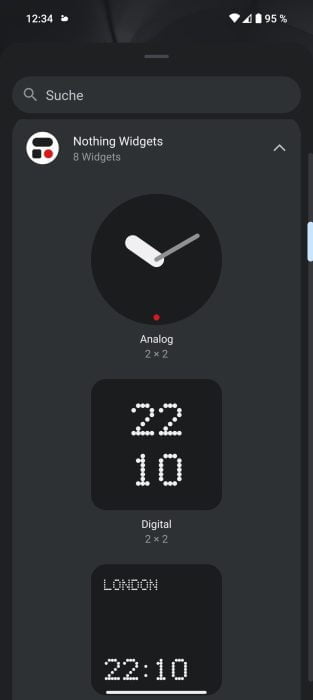
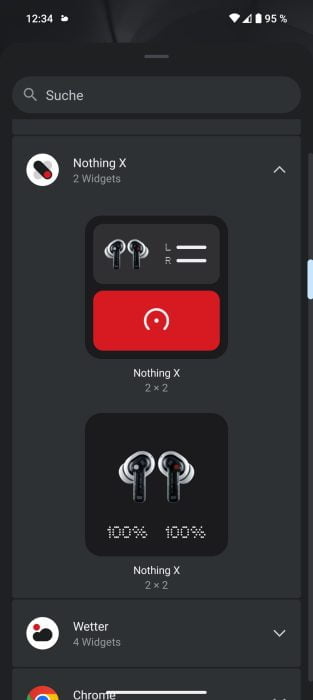
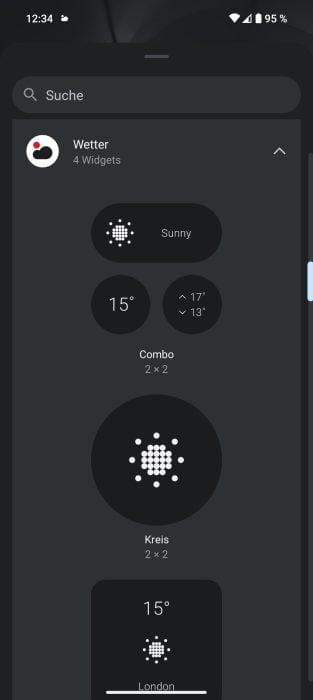
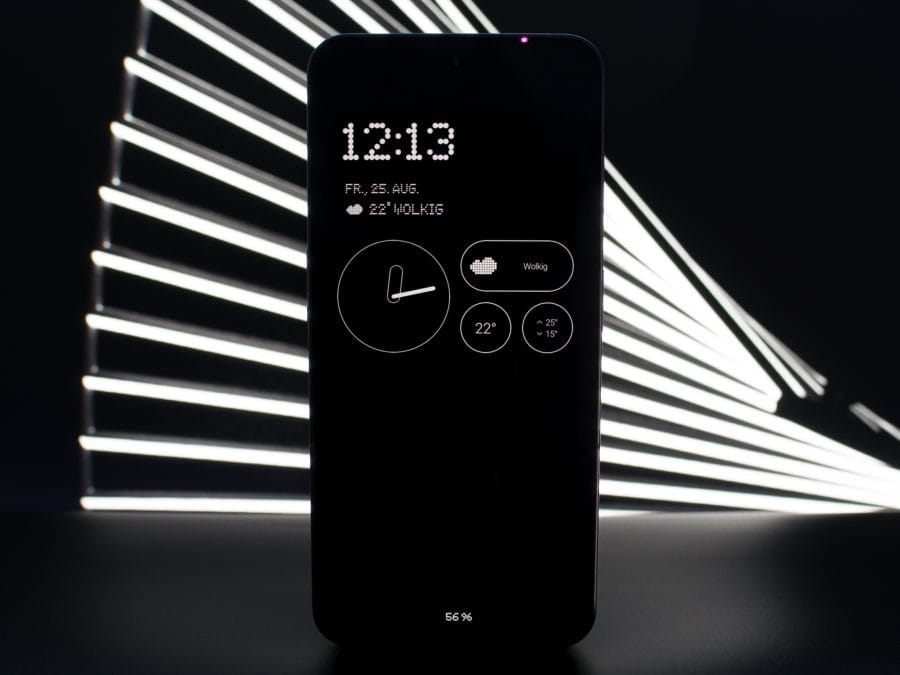
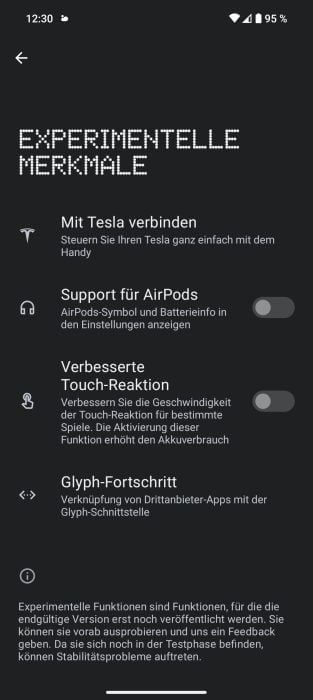
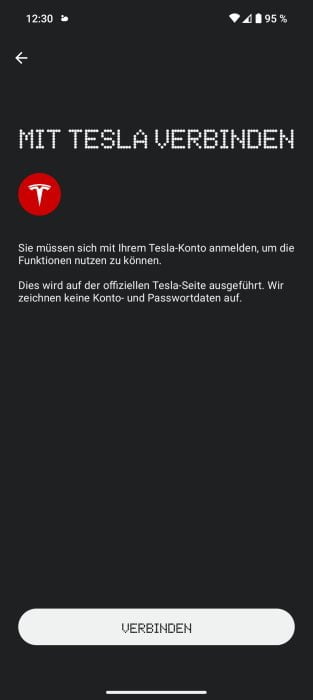
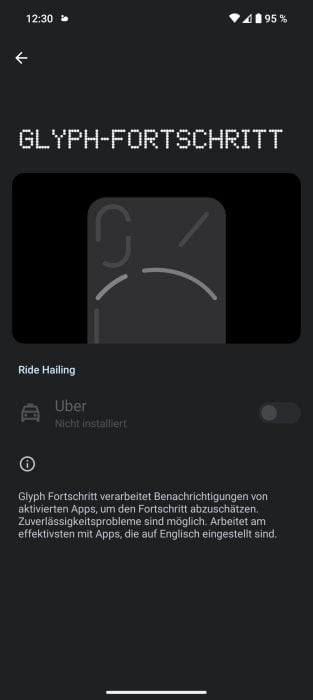
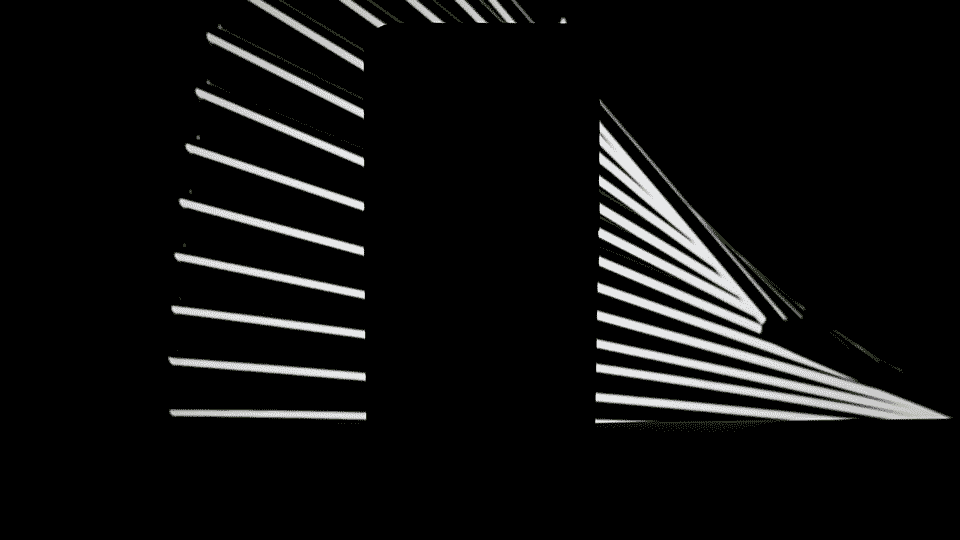
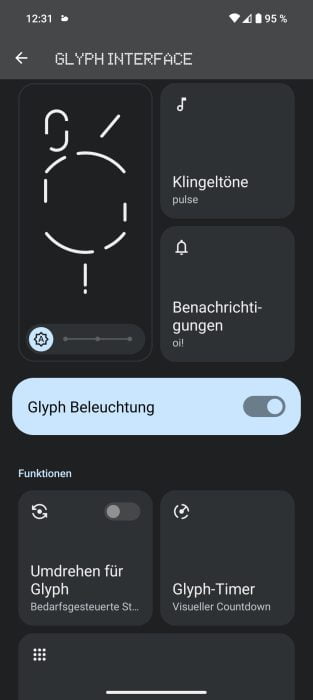
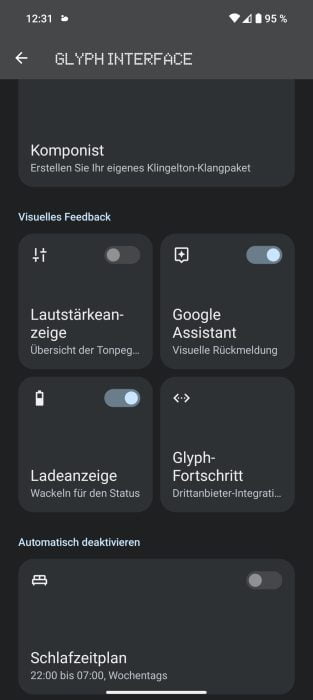
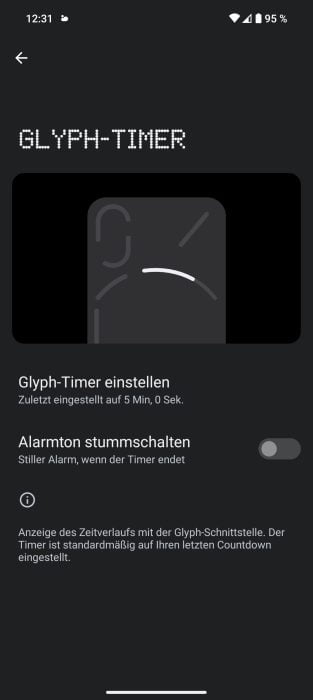
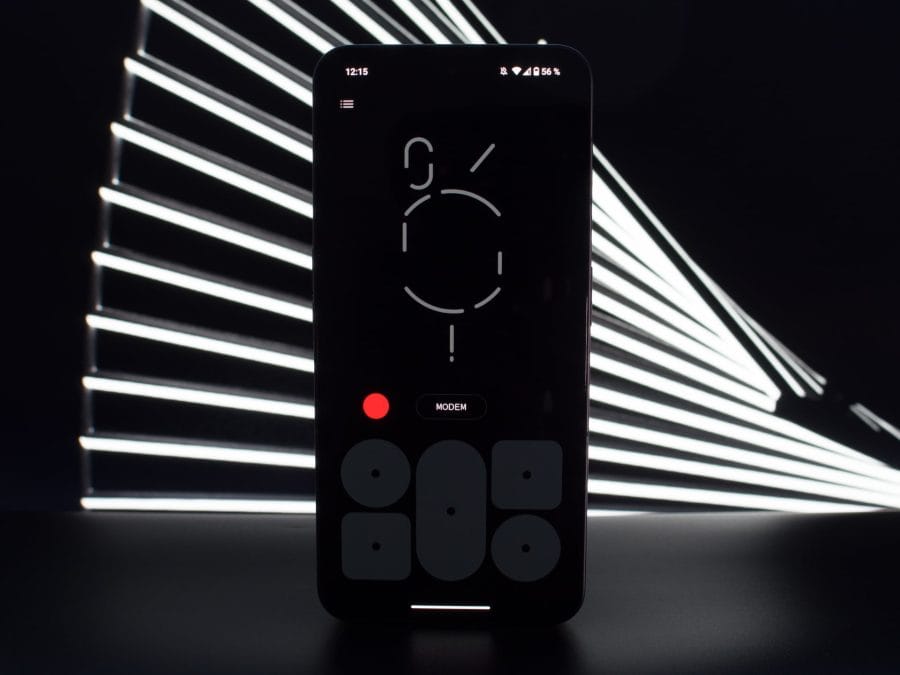

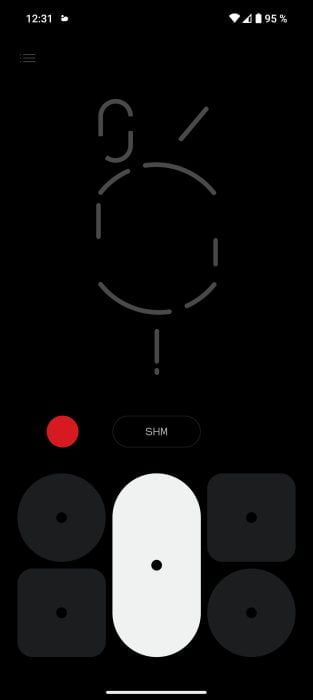
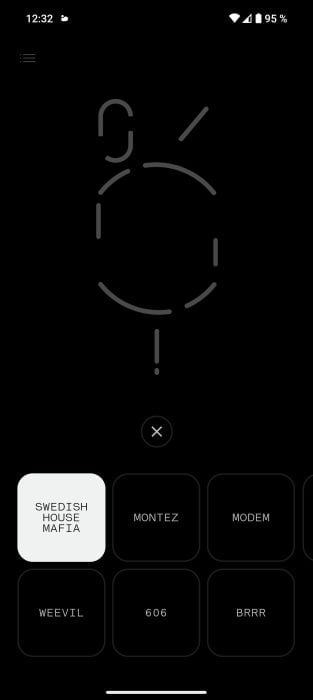
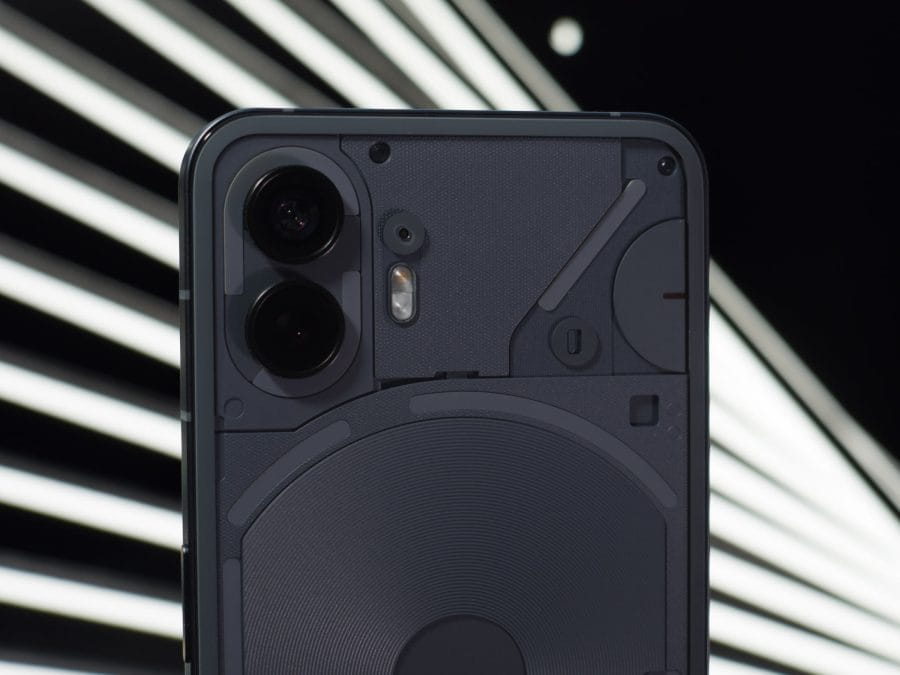


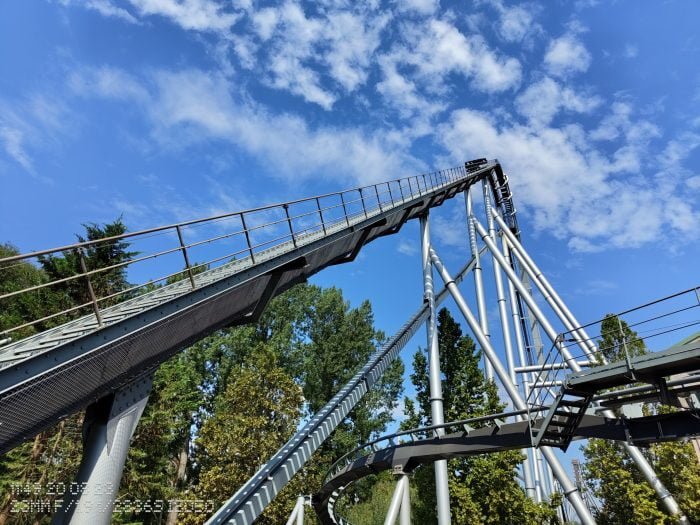
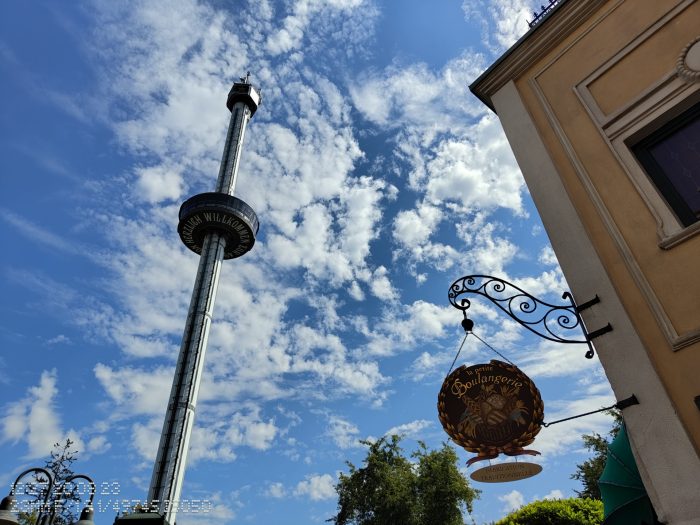







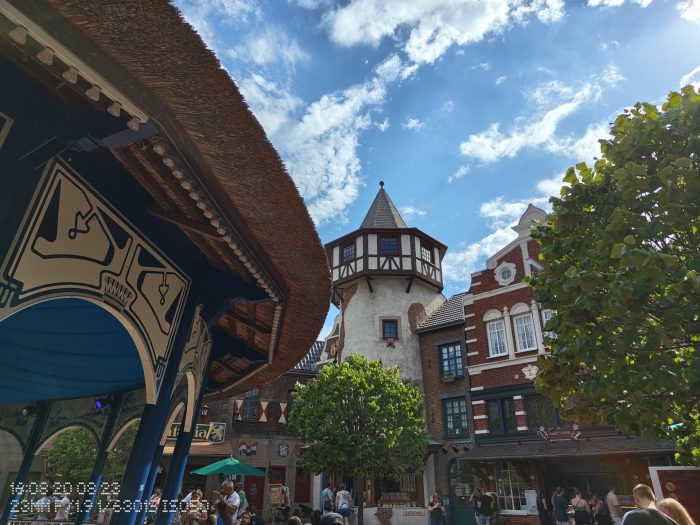








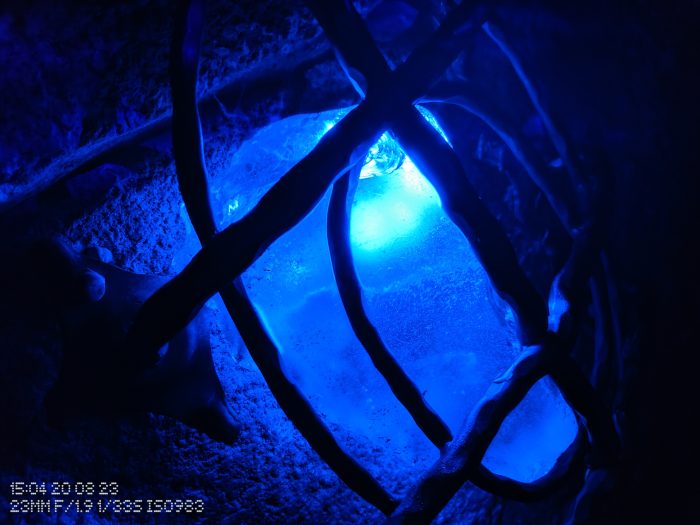

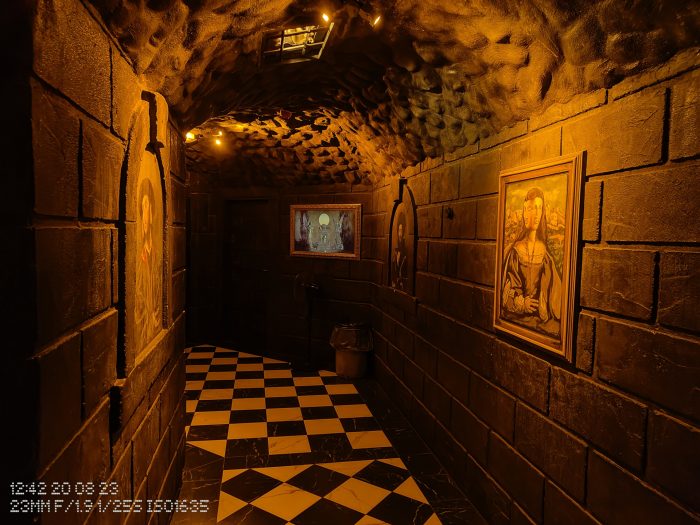

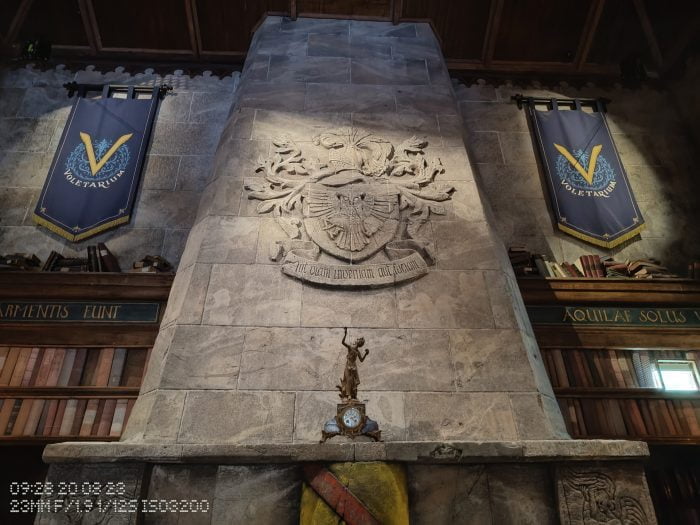






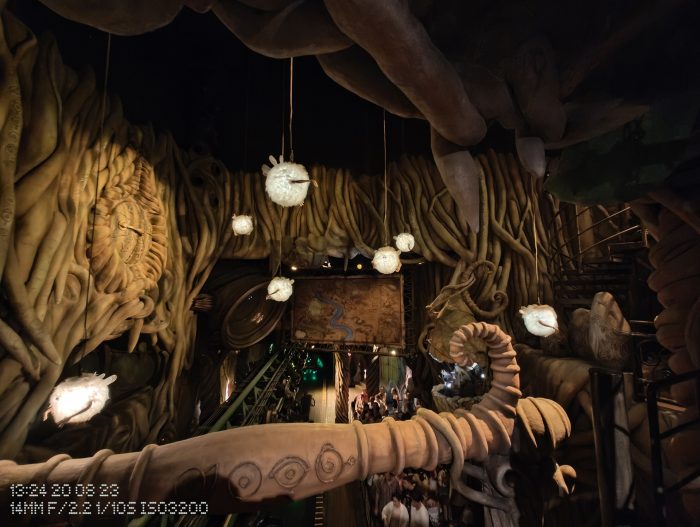



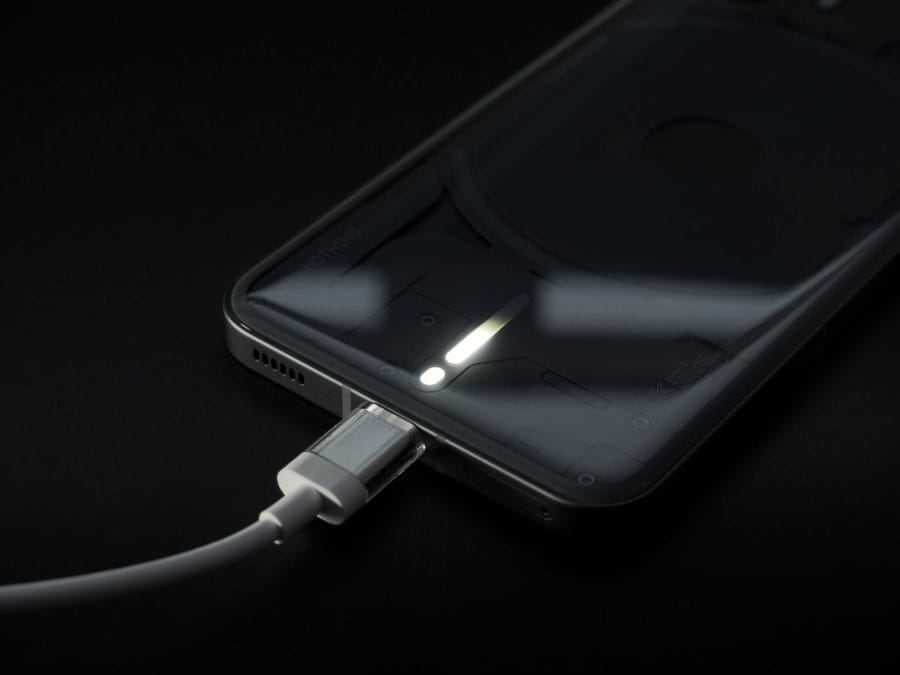
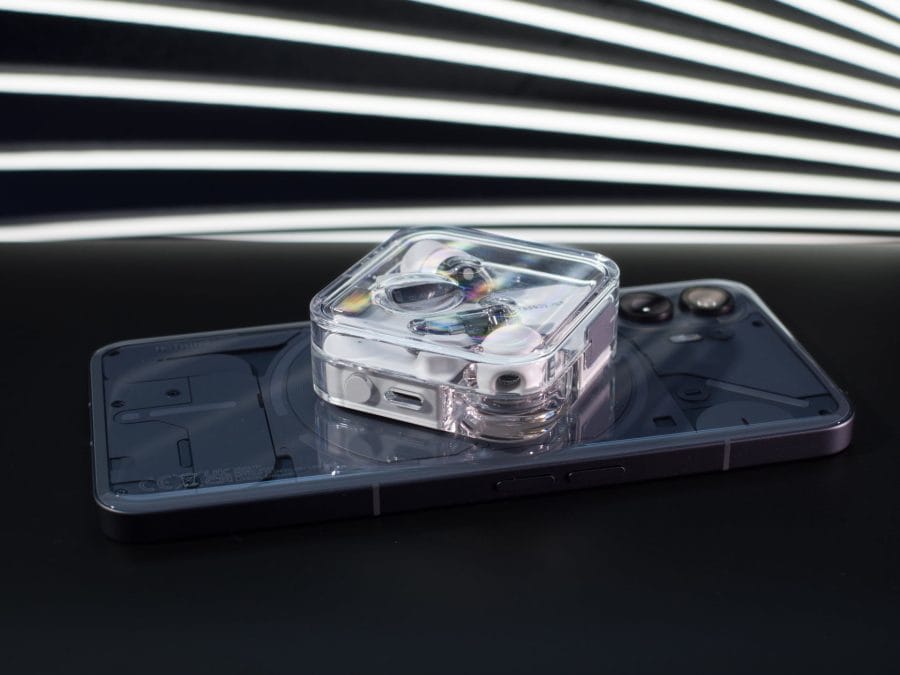





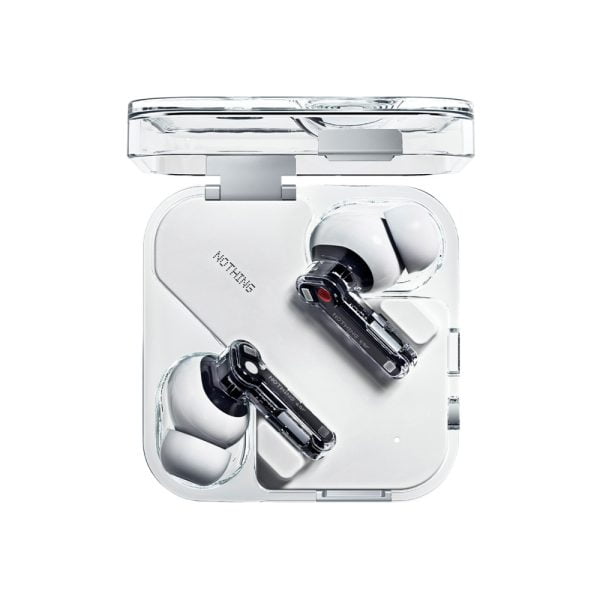
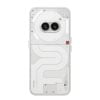
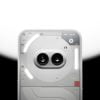

Elias
4. September 2023 10 to: 57
Hallo,
I am currently still very torn as to whether it will be a Nothing Phone 2 or a Pixel 7a. I like the design of the Phone 2 worlds better, but the Pixel 7a is said to have the better camera. Gaming is also important to me because I like playing Clash Royale. What about the battery between the two devices and which one would you choose if you had to choose?